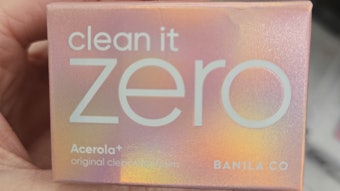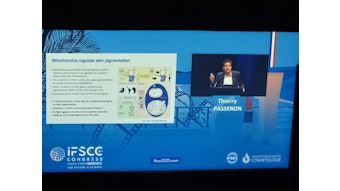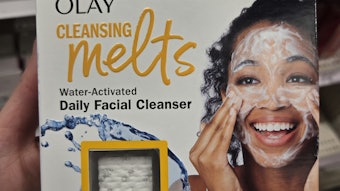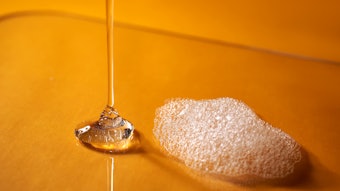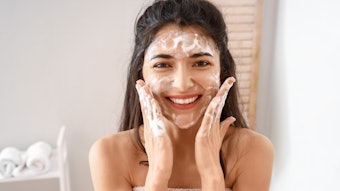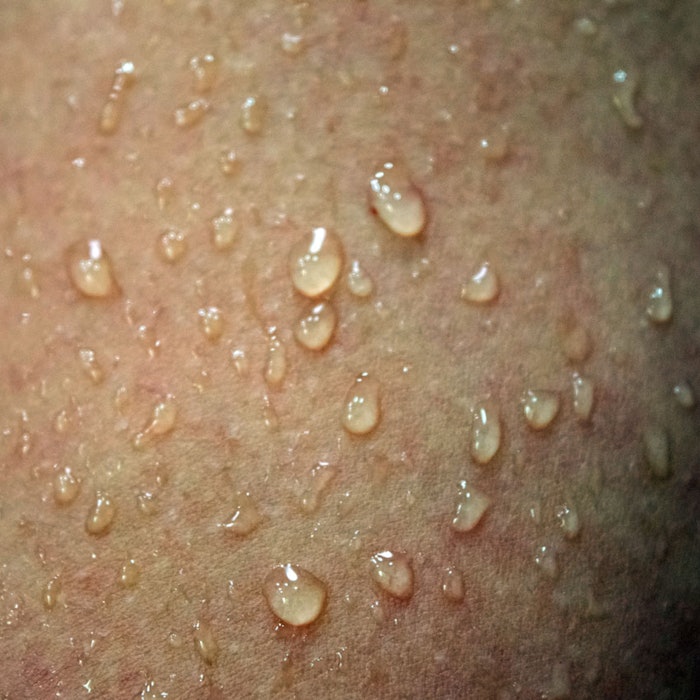
A new study, to be published in Colloids and Surfaces B: Biointerfaces in September 2017, reportedly shows, for the first time, how skin's physical properties can directly be controlled through chemical interactions between keratin and surfactants.
According to the article abstract, the stratum corneum is the outermost skin layer and as such, its wettability can influence the spreading of chemicals and adhesion of pathogenic microorganisms. Here, the authors used isolated human skin treated with sodium lauryl sulfate (SLS), an anionic surfactant, buffered to different pH values to assess wettability.
Changes in the pH of anionic surfactant treatments could alter skin wettability; relative to the controls, under acidic conditions, delipidated stratum corneum became more hydrophobic whereas under alkaline conditions, more hydrophilic—irrespective of lipid composition. The results suggested a reorientation of bound surfactant monomers. Further, lipids appeared to reduce surfactant binding to the stratum corneum.
As Dailymail.com explained it, altering the wettability of skin using SLS could lead to "waterproofing" the skin or "super soaking" it to enhance the spreading of a cosmetic product or ointment. In the future, the authors hope to use these findings to improve transdermal drug delivery, change bacterial growth behavior on skin, or even improve the adhesion of biointegrated electronics and sensor systems.
